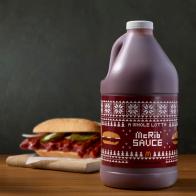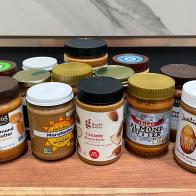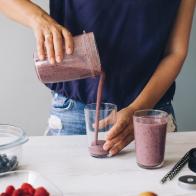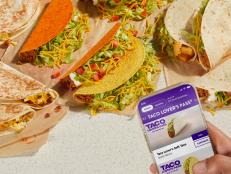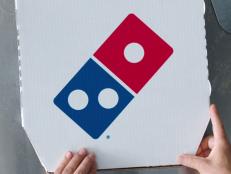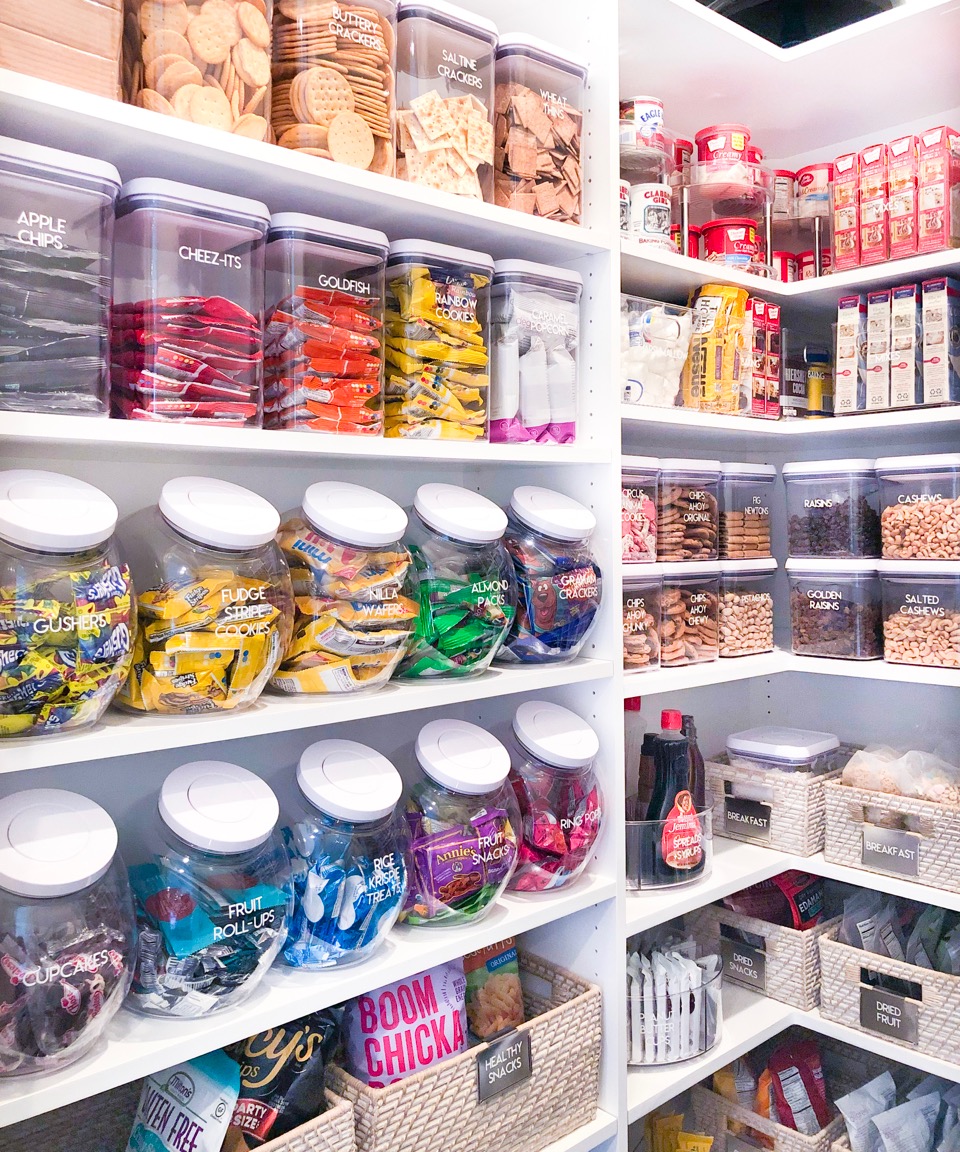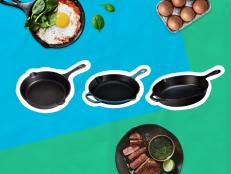Is It Time We Started Bringing Our Own Containers to Restaurants?
What would it take to make packing leftovers in your own Tupperware, well, normal?
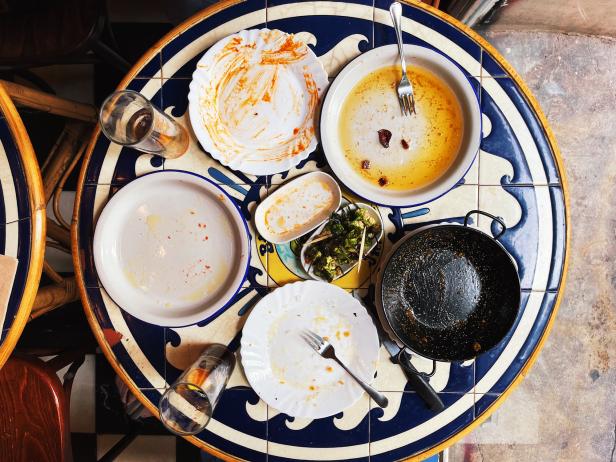
Alexander Spatari/Getty Images
I admit the prompt for this story did not come from a completely virtuous place. My New York City apartment is tiny – and the drawer for food storage containers even tinier. We have an eclectic set, ranging from thick, trusty glassware to a growing stack of variously-sized plastic deli containers, accumulated from restaurant deliveries, takeout and dine-in leftovers. The latter is flimsy enough to justify tossing in the bin after one use, but also durable enough to be reused again and again. Every time I get another one, I teeter between guilt and sighing at the weight of too much stuff in a finite amount of room.
And those are just the containers you can reuse. According to the U.S. Environmental Protection Agency (EPA), 23 percent of the material that ends up in landfills are containers and packaging, a portion of which are food-related. Globally, only nine percent of plastics are actually recycled. That number is even lower in the U.S. at four percent.
If bringing our own reusable containers to restaurants is better for the planet, and ultimately our health, what’s stopping us? I asked etiquette and restaurant management experts what it would take to make doing so the norm.
As it stands, bringing your own container to a restaurant is simply considered bad manners. Asking to take home leftovers at all, even, has its own etiquette. (It’s widely accepted in the U.S., but a newer concept in France. You can do so at most sit-down restaurants, but not in fine dining.) However, like many rules of polite society, attitudes can change over time.
According to the Smithsonian Magazine, the “doggie bag” came to be in the 1940s during World War II. Because food needed to be rationed during wartime, the public was encouraged to wrap up restaurant meal scraps and feed them to their pets. This frugality was regarded as dutiful. But when diners began to wrap food up for themselves instead, etiquette columnists of the time voiced their disapproval.
Today asking for leftovers is far less taboo. That’s partially because portion sizes have increased over the decades, and minimizing food waste is still top of mind. “I always try to encourage somebody at the table to take things home so as not to waste,” says Sara Jane Ho, etiquette expert and author of Mind Your Manners.
So how bad would it be, from a social standpoint, to go ahead and bring your own container to a restaurant table?
“I’m not sure what to say about this. I know people [who] are doing this, or its equivalent, already,” said Marion Nestle, a professor of Food and Nutrition Studies, and Public Health, at New York University, who seemed unmoved by the question.
On the other hand, Elaine Swann, lifestyle and etiquette expert and founder of The Swann School of Protocol, says, “When you bring your own Tupperware to a restaurant, it really defeats the purpose of you being there. There are definitely some instances where we may want to take leftovers for some reason. But it’s just not something we should do. Restaurants work hard to provide whatever it is they need for their patrons. Whether it’s a plastic container, or a paper container, my recommendation is just to use whatever the restaurant provides.”
In order to really change the rules of general etiquette, it seems, Swann says, “It’s the restauranteurs’ position to take up, and not necessarily the diners’.”
Until then, is there a way to navigate committing a potential faux pas, while prioritizing sustainability? How can you gracefully go against the grain?
“Have a really good excuse,” says Ho. “Maybe when you pull it out, you should say, ‘I’m so into sustainability now. This is really embarrassing, but I travel with my own glass Tupperware.’ That way, you kind of smooth it over. And who can argue with sustainability?”
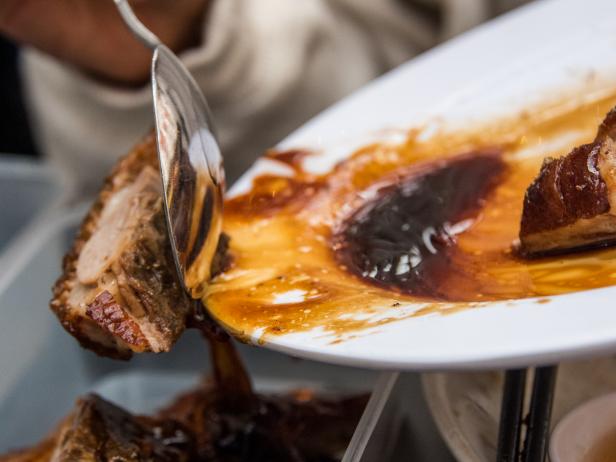
Sergio Amiti/Getty Images
Beyond moving the culture needle, there are of course not insignificant, though not impossible, logistical considerations for every restaurant.
“I love the idea of [customers bringing their own containers], as it would be amazing for the environment, but for us personally, it’s a bit tricky for us to fully adopt this policy,” says Nur-E Farhana Rahman, co-founder, host and business operations manager of Korai Kitchen, a family-owned Bangladeshi homestyle restaurant in Jersey City.
Korai Kitchen is predominantly a takeout spot, its kitchen run by its sole James Beard Award-nominated chef and co-founder, Nur-E Gulshan Rahman, a.k.a. Amma (Bengali for “mom”) Rahman. In recent months, however, the mother-daughter duo has opened their tables for dine-in, but only on Friday and Saturday nights.
These special nights are for “Amma’s Dawats,” eight-course meals lovingly prepared by Gulshan Rahman. Dawat, or “invitation,” means feasting with loved ones.
I had the pleasure of sitting down at Amma’s table, and it was as cozy as it was gloriously fussy. Intimate, and casual, it truly felt like being welcomed into someone’s home. Ahead of time, guests were encouraged to wear sweatpants. And at the top of the meal, we were told that each course would be generous and halfway through it all we could take a break, walk a couple loops around the block, and that we would likely take leftovers home.
It was wonderful, and a lot of food – in fact, that’s the point – and I took back five very full containers of food that I savored for days after.
I asked Farhana Rahman whether they’ve considered allowing customers to bring their own containers.
“During these meals, we have had customers ask to bring their own containers to take leftovers home. We’ve gladly obliged, but first we just have our kitchen rewash their containers before packaging any food in them. For the time being, it makes most sense for us only to allow customers to bring their own containers for dine-in leftovers, since this is extra work for our team,” she shared.
Cross contamination, and the time, labor and resources needed to prevent it, is one of the most immediate barriers when restaurants consider allowing Bring-Your-Own policies. The key to navigating it comes down to who controls the container.
“Once the restaurant has any control or takes it in any form, they have to make sure that it is safe,” says Stephen Zagor, a food and restaurant business consultant and Adjunct Assistant Professor at Columbia Business School.
In 2019, safety became clearly defined, and legal pathways cleared, in California with Assembly Bill No. 619, which established protocol for restaurants should they choose (i.e. not required) to allow outside containers. As summarized by Nation’s Restaurant News, “Restaurants must isolate the consumer-owned container from the serving surface or sanitize the surface after each filling. Restaurants must also have a written policy for prevention of cross-contamination available for inspectors.”
If customers are the ones who control their containers, and it’s not mixed in with any of the restaurant’s equipment, and the staff don’t touch it (where they can pick up bacteria from your container), “Then you have no problem,” says Zagor.
We’ve already begun to see some of this in practice at coffee shops. Independent spots have been allowing customers to bring their own cups for some time. And now, chains like Starbucks are following suit. By 2025, the company is aiming to give customers, at any of its locations, easy access to a personal or reusable cup provided by Starbucks at each visit. An Idaho-based scoop shop chain, Stella’s Ice Cream, recently offered a day in which customers could bring their own Stanley Quencher Cups, and have them filled for $10 flat.
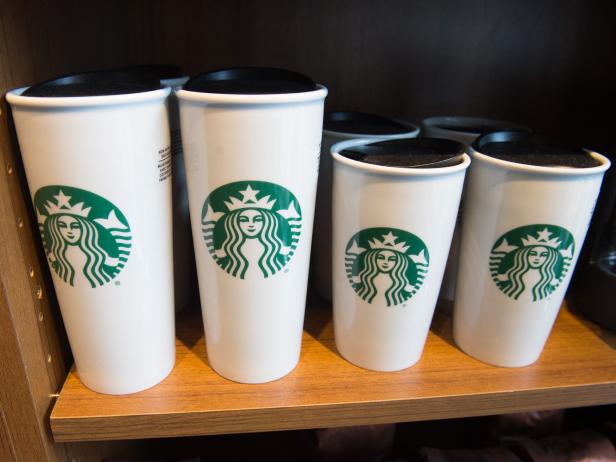
SAUL LOEB/Getty Images
“The laws, I think, will be the defining moment,” says Zagor.
Implementing Bring-Your-Own policies, and iterating on more sustainable food packaging solutions, seems inevitable. “It’s something that is going to happen. It’s one of these unstoppable forces that’s going to have a lot of potholes along the road, but it’s at some point in the not-distant future,” says Zagor.
Not only is it good for Earth, it’s good for business. While there may be higher upfront investment costs, cutting down on single-use packaging saves money in the long run.
But such a change requires coordination, and collective interest in the future.
“It would have to be a collaborative effort amongst legislators, restaurant owners and customers. If there is no buy-in from any one of these groups, then I can’t foresee there being true, impactful and lasting change,” said Farhana Rahman.
Related Content:












